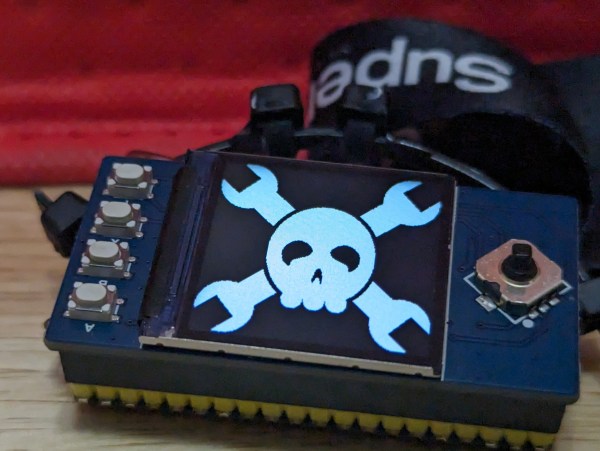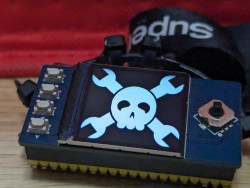For those who experienced any part of the 1960s, even if it’s just experiencing the music from that era here in the future, the sound of the Mellotron is immediately recognizable. The Moody Blues were famous for using the tape-based instrument, and the Beatles and David Bowie produced hits with it as well. It’s haunting sounds are still highly prized today, but the complexity, cost, and maintenance requirement for the tape loops and other moving parts can put many musicians off from owning one. But [Japhy Riddle] has built an instrument without these downsides called the Tape Speed Keyboard.
Unlike the Mellotron which used a tape loop for each of its keys, the Tape Speed Keyboard uses only a single cassette tape. As the name implies, it changes the pitch of the sound by modulating the speed of the single tape housed in its own tape deck. The keyboard itself started off life as a Casio MT-35 but since this is a completely analog instrument, it was rewired so each key is connected to a potentiometer whose output voltage is tuned to a specific tape speed. [Japhy] reports that this is similar to tuning an analog piano and the process can be equally temperamental.
With everything electronic working, [Japhy] turned to making this a more acceptable musical instrument. Predictably, turning the motor on and off for each key press came with a bit of delay, causing the sound to come out goofy and muddy. To solve this problem he changed the design to make the tape play continuously rather than start and stop for a key press, and then modified other keys to be on-off switches for sound output. Since cassette tapes have two sides, he can also play either of two sounds in this way.
With the final polish on, the Tape Speed Keyboard is able to produce completely unique compositions that separate it from even the venerable Mellotron. Be sure to check out the video linked below to hear its sound. There have been plenty of other musical projects based around tape decks as well, including this one inspired by the original Mellotron and this tape deck-based guitar effects pedal.
Thanks to [splashbun] for the tip!
Continue reading “The Tape Speed Keyboard” →

















